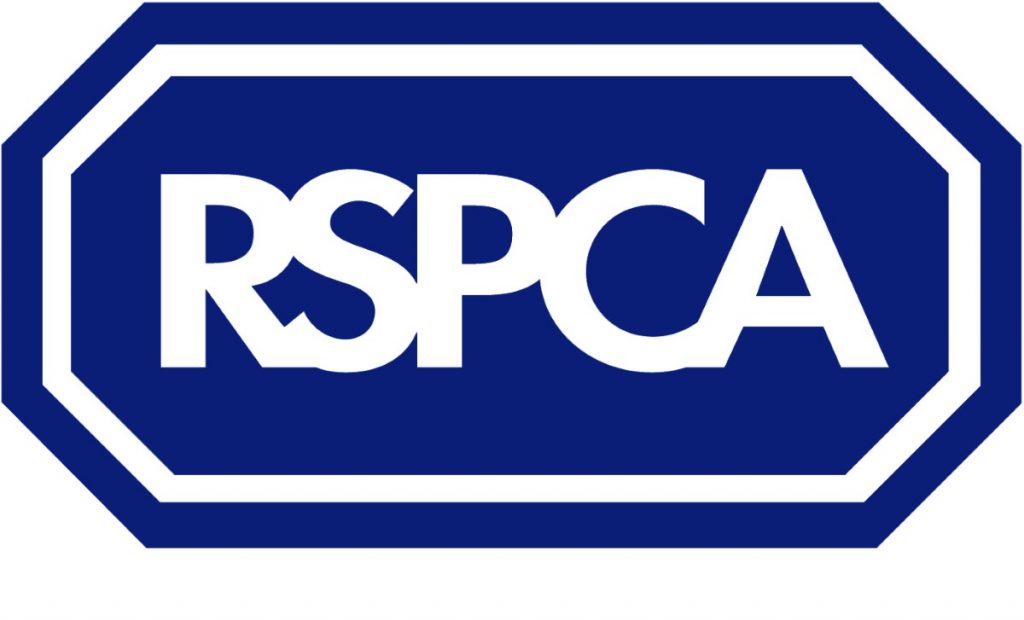Warning for pet owners as spring finally awakes
With weather forecasts predicting that weekend temperatures could hit highs of 18c, the RSPCA has issued its regular appeal to owners to keep their dogs safe in the sun.
RSPCA chief vet James Yeates said: “A hot car can be a death trap for dogs, it is as simple as that. Leaving your dog in a car, even on an average warm, even cloudy spring day, can put your pet at huge risk of suffering and even death.
“This is not a new warning, but sadly too many people still don’t appreciate how dangerous it can be to leave a dog in a hot car, conservatory or caravan. Don’t let your dog be the one to find out the hard way.”
The temperature inside a car can soar to 47°C (117°F) within 60 minutes, even when the outside temperature is just 22°C (72°F). Opening a window or leaving a bowl of water for your dog will make little difference and still leaves dogs in serious danger of suffering from heatstroke, which can be fatal.
Other dangers are:
? Cloud cover can disappear quickly.
? All dogs will suffer, but some dogs are more prone to heatstroke. For example, dogs that are old, young, short nosed, long-haired, overweight or heavily muscled are more at risk, as well as dogs with certain diseases.
? Temperatures in air conditioned cars can reach the same temperature as outside within just five minutes of the air conditioning being turned off.
The most obvious sign of heat stroke in dogs is excessive panting and profuse salivation. Other signs include overly red or purple gums; a rapid pulse; lack of co-ordination; reluctance or inability to rise after collapsing, seizures, vomiting or diarrhoea and in extreme circumstances coma or death.
Owners who fear their dog may be suffering from heat stroke should act with great urgency. Pets should be moved to a cooler spot straight away before ringing your vet for advice immediately.
Under the Animal Welfare Act it is illegal to cause an animal unnecessary suffering. Penalties for doing so are a fine of up to £20,000 and/or a six month custodial sentence.
Notes for editors:
* A dog’s normal body temperature is around 39°C (102°F). Although the upper lethal body temperature of dogs is approximately 42°C (108°F), brain damage may develop at body temperatures of 41°C (106°F).
Dogs are covered in fur and do not sweat in the same way as humans do. Unlike humans, dogs pant to help keep themselves cool. The effectiveness of panting is reduced at high temperatures and humidities. Cars heat up very rapidly in hot – or even warm – weather. Air-conditioning can disguise the danger that a dog will face once the engine is turned off.
If you suspect your dog has heatstroke:
· Douse your dog with cool (not cold) water. You could put your dog in a shower and run cool water over him/her, spray your dog with cool water and place him/her in the breeze of a fan. Never cool your dog so much that he/she begins to shiver
· Let your dog drink small amounts of cool water
· Continue to douse your dog with cool water until his/her breathing starts to settle and then take him/her straight to the veterinary surgery
The RSPCA’s top tips to help keep your dog safe in the sun:
1. Your dog should always be able to move into a cooler, ventilated environment if he/she is feeling hot.
2. Never leave your dog alone in a car. If you want to take your dog with you on a car journey, make sure that your destination is dog friendly – you won’t be able to leave your dog in the car and you don’t want your day out to be ruined. If leaving your dog at home is the best option because of the weather, always ensure that his/her needs are properly catered for.
3. If you have to leave your dog outside, you must provide a cool, shady spot where he/she can escape from the sun at all times of the day.
4. Make sure your dog always has a good supply of drinking water, in a weighted bowl that can’t be knocked over. Carry water with you on hot days and give your dog frequent, small amounts.
5. Never leave your dog in a glass conservatory or a caravan. Even if it is cloudy when you leave, the sun may come out later in the day and could become unbearably hot.
6. Groom your dog regularly to get rid of excessive hair. Give long-coated breeds a hair-cut at the start of the summer, and later in the season if necessary.
7. Dogs need exercise, even when it is hot, but walk your dog early in the morning or later in the evening. Never allow your dog to exercise excessively in hot weather.
8. Dogs can get sunburned too – particularly those with light-coloured noses or light coloured fur on their ears. Ask your vet for advice on pet-safe sunscreens.
For more information, please contact the RSPCA press office on 0300 123 0244 or email press@rspca.org.uk





-01.png)